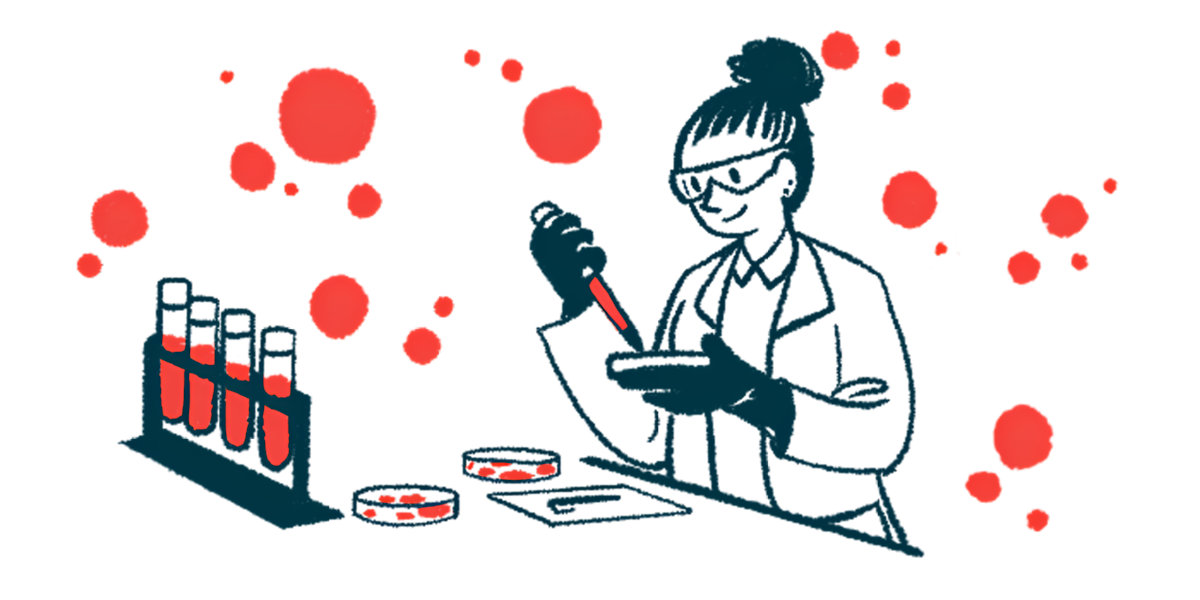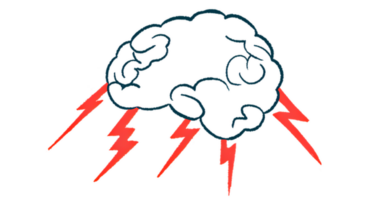Aging microglia may offer therapeutic targets for Parkinson’s
Aging impairs microglia's ability to protect brain from damage, study finds

Aging microglia, the immune cells of the brain that protect it by fighting infections and clearing debris, may mount a weaker immune response than younger microglia, according to a study that used lab-grown cells collected from mouse pups.
Although both young and old microglia react to inflammation, they appear to respond less effectively as they age, which may leave the brain more vulnerable to damage. Over time, this could contribute to brain diseases like Parkinson’s.
“Aging significantly alters microglia, the resident immune cells of the brain, impairing their ability to respond effectively and protect the brain from challenges,” Martin Škandík, PhD, of the Karolinska Institutet in Stockholm, Sweden, said in a university press release.
Researchers also found that during aging, some genes of microglia from both mouse and human brains were either turned off or on, offering potential therapeutic targets to slow down or reprogram these changes.
For Škandík, the study’s first author, “this discovery is of interest for our understanding of how these brain diseases develop and identifying potential strategies to combat them.”
The study, “Age-associated microglial transcriptome leads to diminished immunogenicity and dysregulation of MCT4 and P2RY12/P2RY13 related functions,” was published in Cell Death Discovery.
Microglia protect brain by responding to threats, removing waste
Microglia protect the brain by responding to threats and removing waste. However, their behavior changes as the body ages, and understanding these changes is important for understanding the mechanisms that underlie Parkinson’s and other brain diseases, researchers say.
During the study, Škandík and other researchers used a controlled lab system where they grew microglia free from external influences. Both young and old microglia reacted to inflammation, but the older cells responded less strongly.
When comparing data from aged microglia to data from microglia from aged mice and humans, the researchers identified 13 shared genes linked to aging. Among these, SLC16A3, which codes for a protein that helps transport lactate, a substance produced by the body for energy, was more active in aged microglia, whereas P2RY13, which codes for a protein that helps microglia sense signals, was less active.
Further analysis of human brains confirmed these findings, with increased MCT4 (the protein coded by the SLC16A3 gene) and decreased P2RY12, a protein that helps microglia move in response to signals.
“We identify critical molecular determinants of microglial cellular aging confirmed in human-aged brain tissue,” the researchers wrote, adding their approach “offers potential insights for understanding and potentially reprogramming aged microglia, with implications for combating age-related neurological disorders.”







